North Korea fired about 200 artillery shells into waters off its western coast near the border island of Yeonpyeong on the morning of January 5, the South Korean military said.
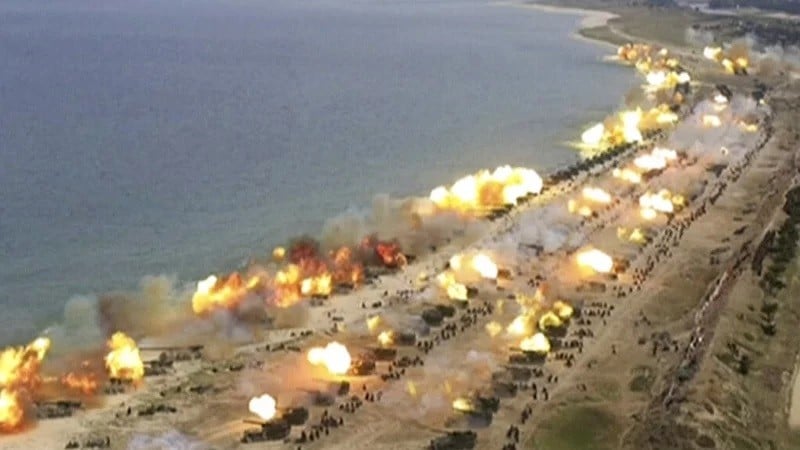 |
| A photo taken during the 'Comprehensive Firepower Demonstration' in Wonsan, North Korea in 2017. (Source: AP) |
Yonhap reported that the Joint Chiefs of Staff (JCS) announced the detection of artillery shells from the direction of Jangsan Cape, north of South Korea's northernmost island of Baengnyeong, and Deungsan Cape, north of the border island of Yeonpyeong in western Korea, from around 9:00 a.m. to 11:00 a.m. the same day (local time, around 7:00 a.m. to 9:00 a.m. Hanoi time).
According to the force, the artillery shells fell in the northern buffer zone of the Northern Limit Line (NLL), the de facto maritime border between the two Koreas. There have been no reports of damage to South Korea.
South Korean authorities have asked residents on the border island of Yeonpyeong to evacuate to safe shelters.
The evacuation request was made at 12:02 local time (around 10:00 a.m. on January 5, Vietnam time) and repeated at 12:30 p.m.
Yeonpyeong Island authorities asked residents to seek shelter after receiving a call from a military unit saying it was preparing to conduct a maritime exercise on Yeonpyeong Island due to a tense situation in the area, a local official said.
South Korea's Defense Ministry issued a statement saying North Korea's move was a "threat to peace on the Korean Peninsula" and called on Pyongyang to "immediately stop such actions."
Respond to each other
The artillery launch came a day after the South Korean Army announced that it and the United States had conducted live-fire exercises near the border with North Korea to enhance joint combat readiness.
Accordingly, the South Korean Capital Mechanized Infantry Division and the Stryker Brigade Combat Team of the US 2nd Infantry Division participated in the exercise in Pocheon city, 46 km northeast of Seoul, from December 29, 2023 to January 5, 2024.
South Korea and the United States used more than 100 military assets in the exercise, including K1A2 tanks, A-19 fighter jets, Stryker armored vehicles and artillery systems.
The exercise simulated a precision-guided attack by an A-10 aircraft on targets and an attack using anti-aircraft guns from a K1A2 tank.
This week, the South Korean military also conducted a series of live-fire drills and other exercises, despite North Korea's objections.
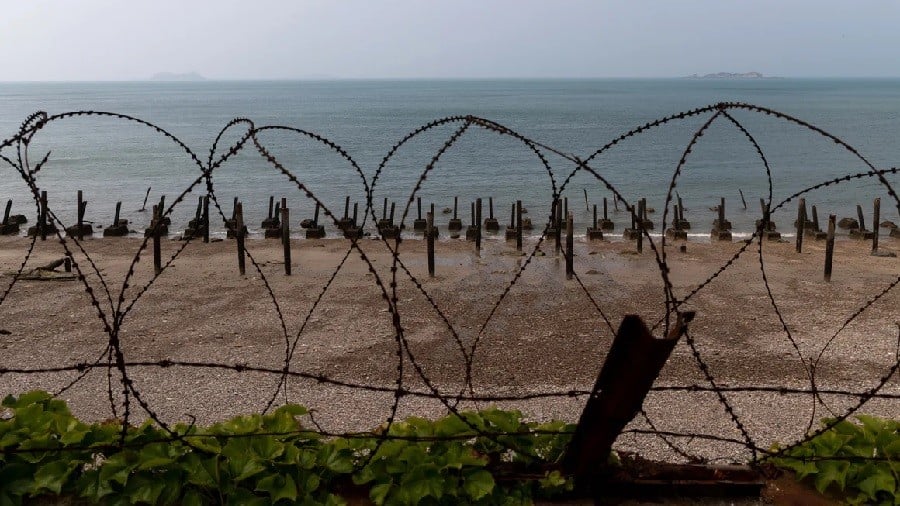 |
| This photo shows barbed wire and metal poles lining a beach on Yeonpyeong Island, South Korea, on June 26, 2020. (Source: Bloomberg) |
Many new moves from North Korea
The artillery fire also took place in the context of the same day, January 5, a South Korean government source said that military surveillance forces discovered North Korean soldiers burying mines near the Gyeongui railway and adjacent guard posts since early December 2023.
The strategic location of this railway suggests North Korea's intention to reinforce guard posts or prevent the risk of defection.
In 2000, North Korea removed all landmines in the area after the June 15 inter-Korean summit, as part of efforts to reopen the Gyeongui railway, a symbol of economic cooperation and a cornerstone of unification between the two Koreas.
In addition, a military source said on January 5 that North Korea has rebuilt a number of concrete guard posts inside the Demilitarized Zone (DMZ) separating the two sides since November 2023.
Under a 2018 agreement signed under President Moon Jae-in, South Korea and North Korea each destroyed 10 guard posts inside the DMZ and disarmed one more. This leaves North Korea with about 150 guard posts and South Korea with 67 in the DMZ.
However, Pyongyang said it would restore all military measures suspended under the agreement after Seoul partially suspended the deal in protest at North Korea's successful launch of its first military spy satellite on November 21.
North Korea has not commented on the above information.
Source








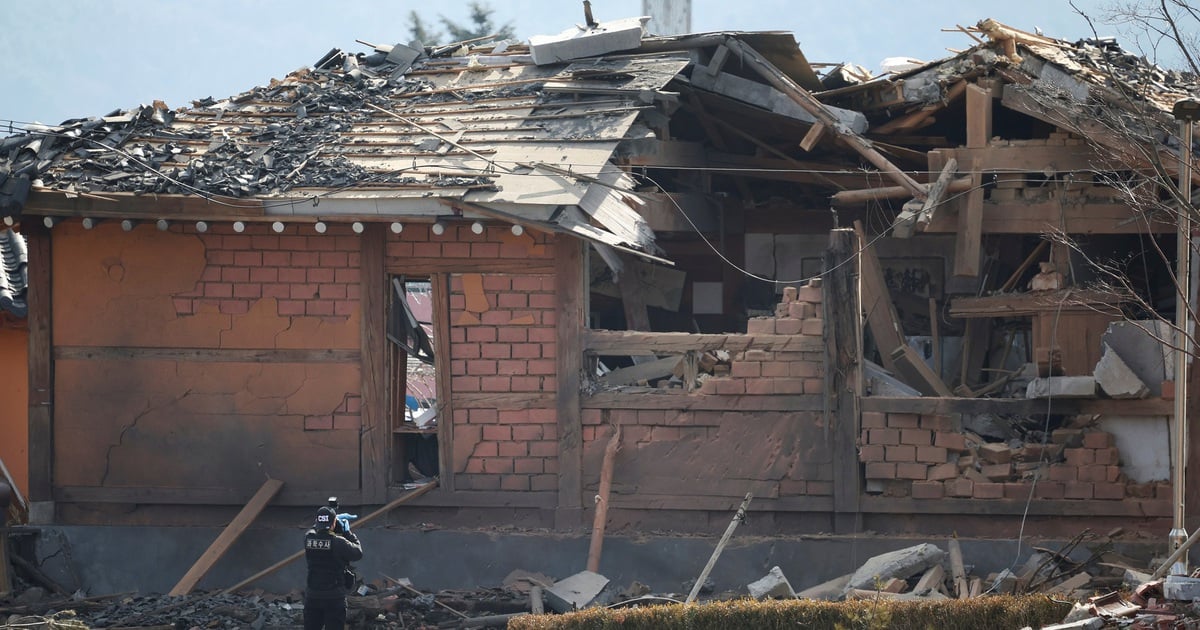

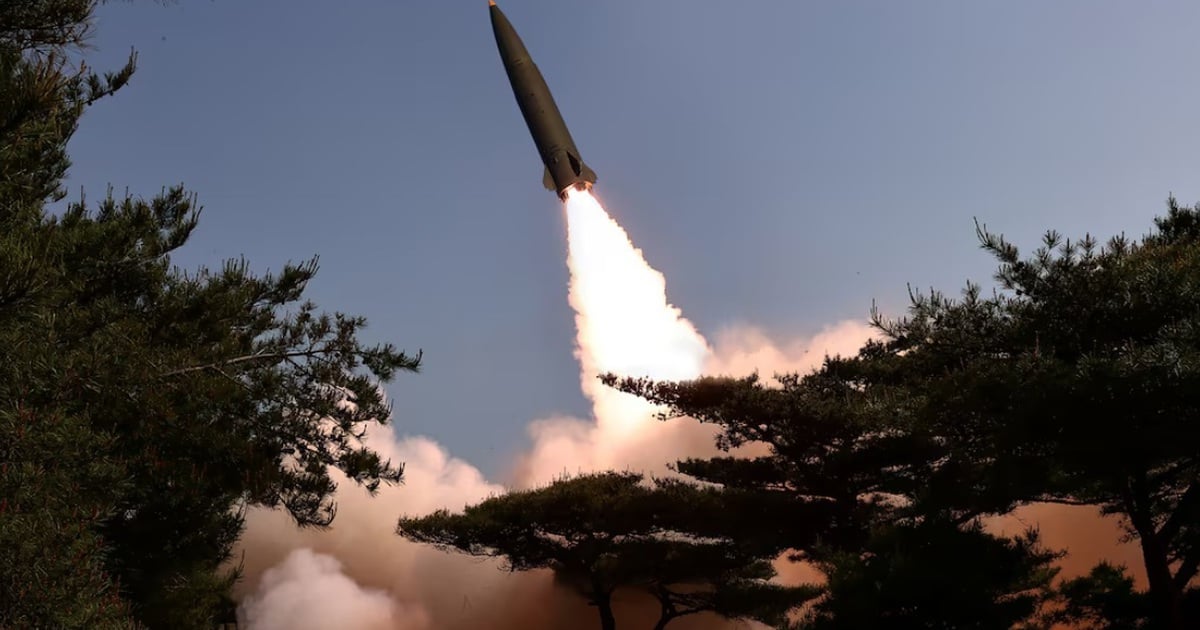
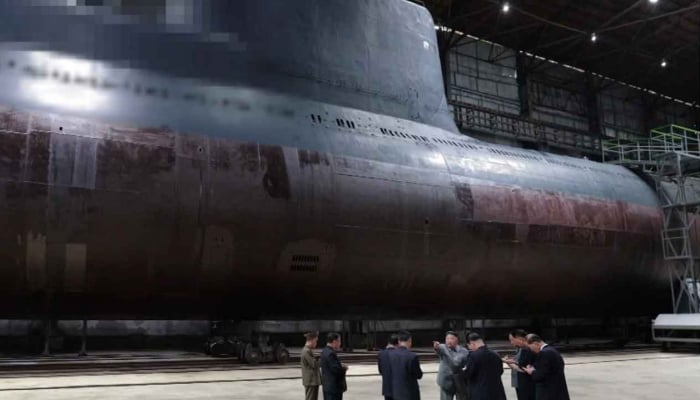

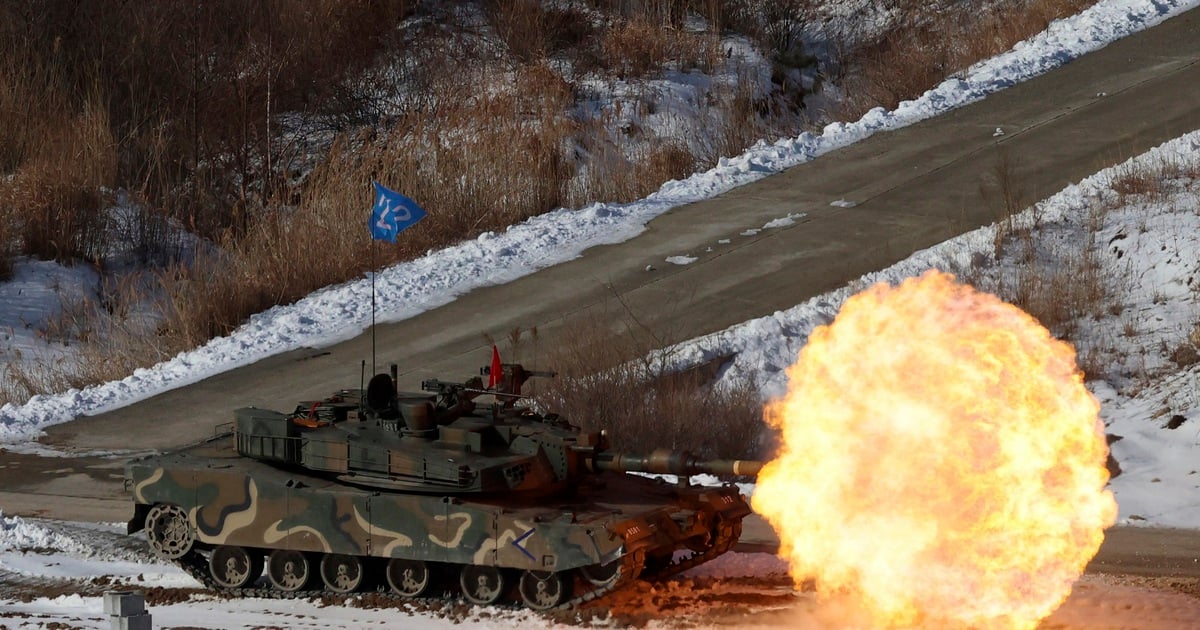


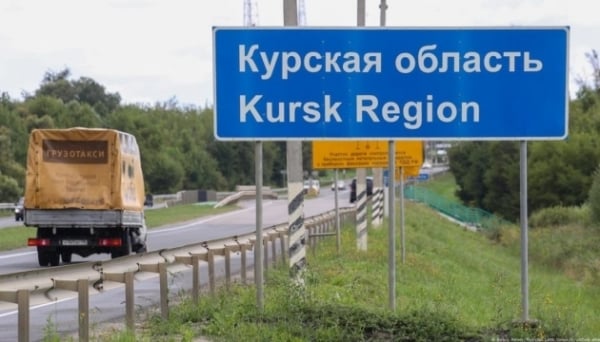








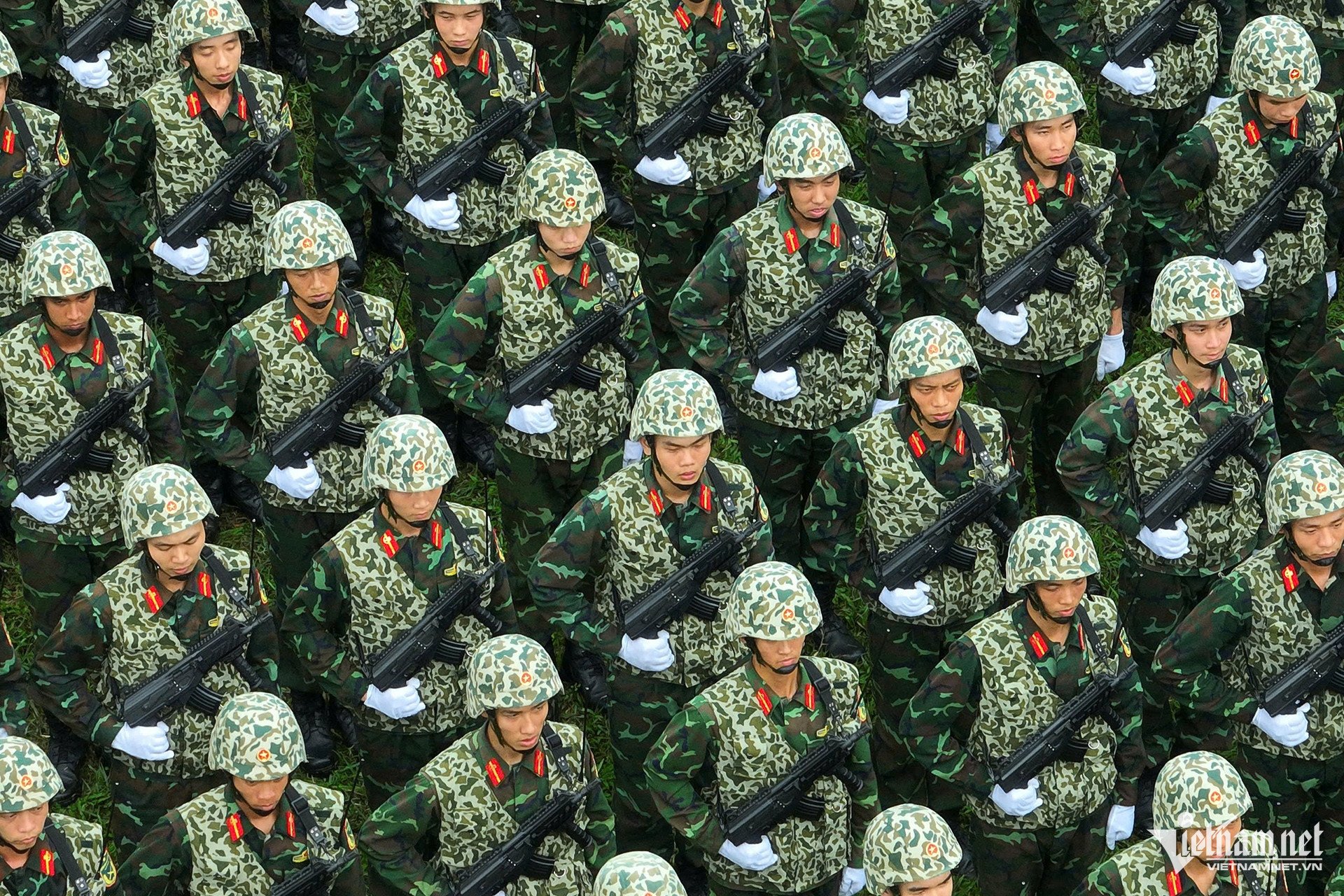





















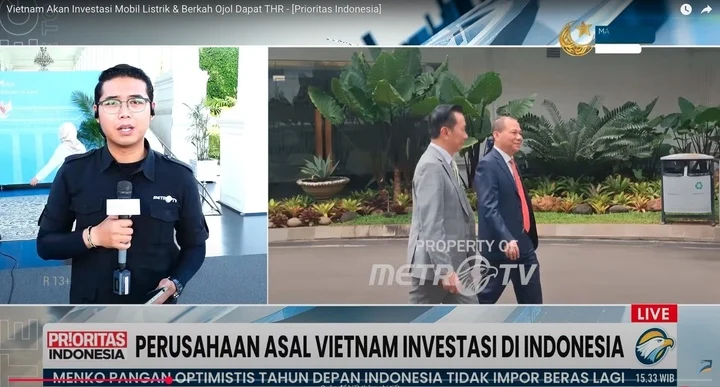





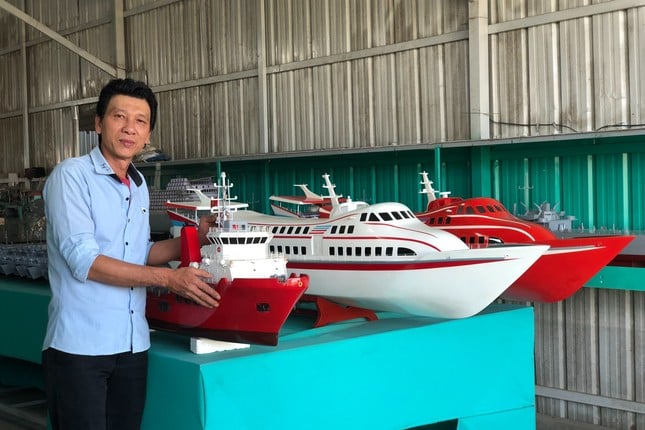




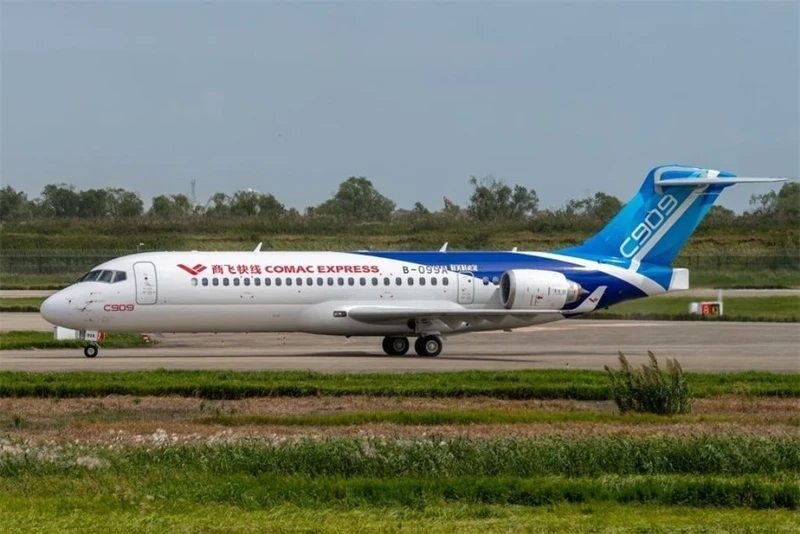


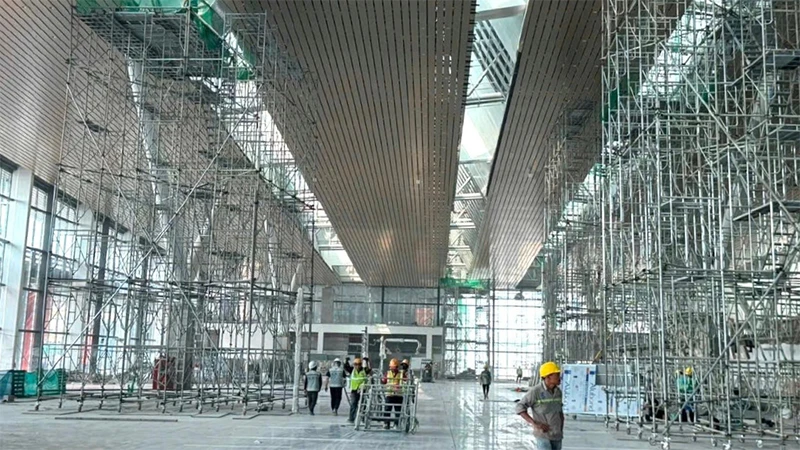





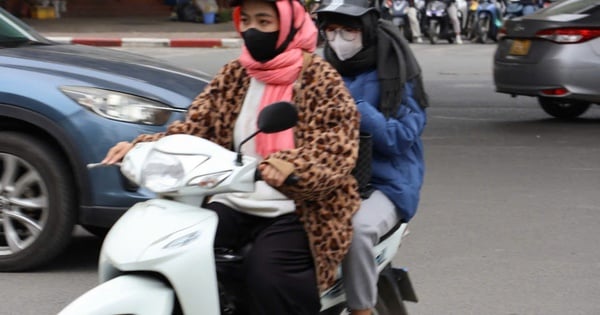




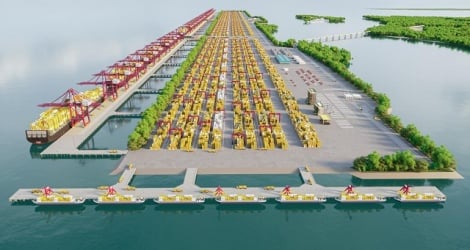







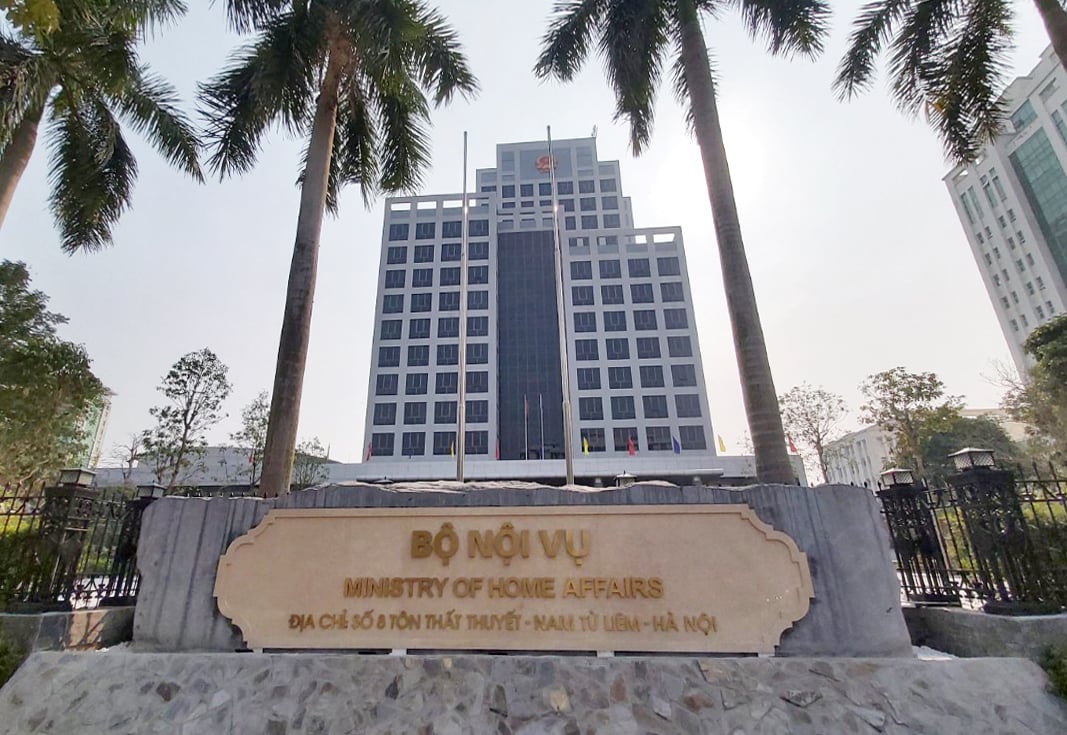

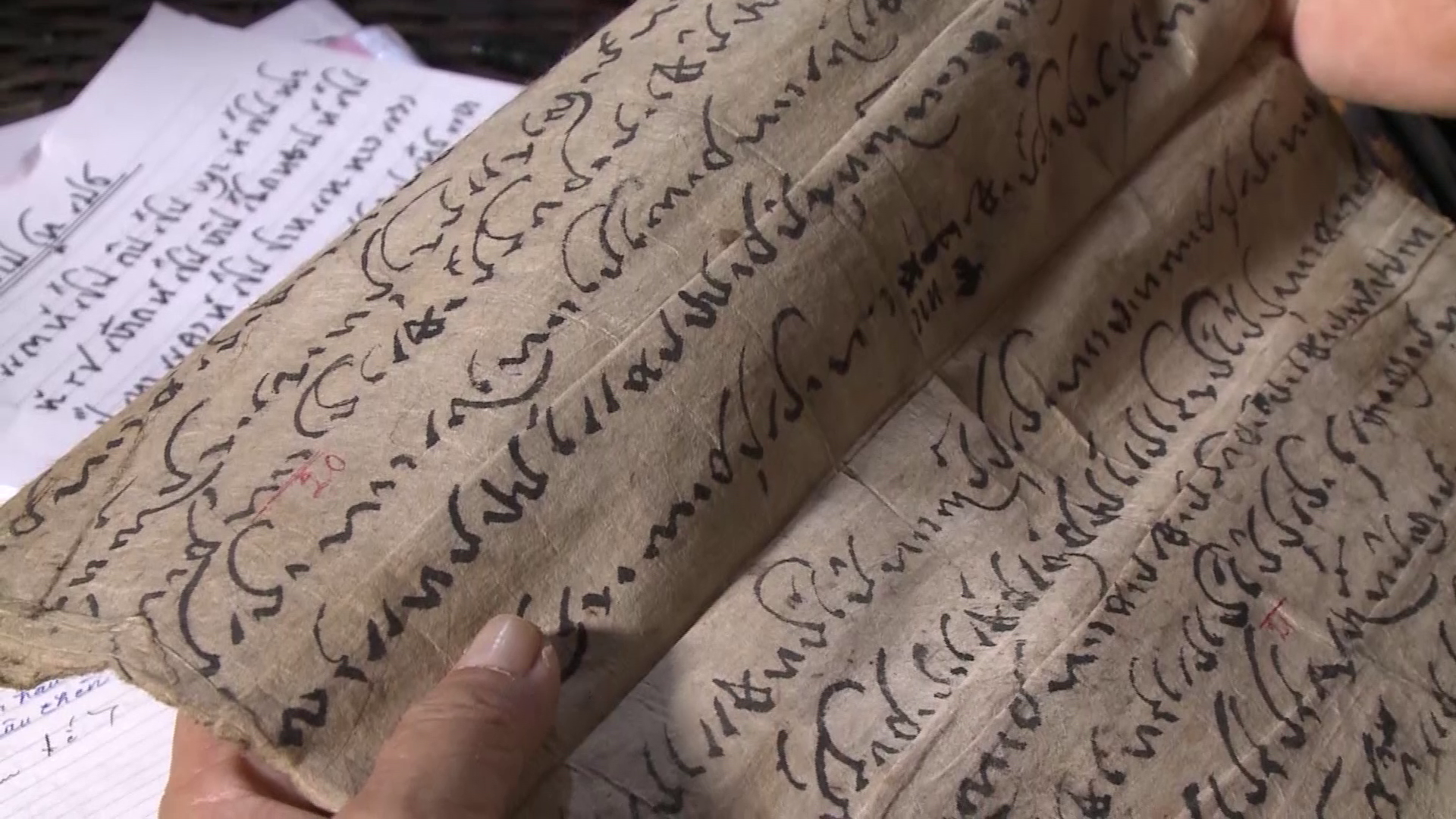













Comment (0)